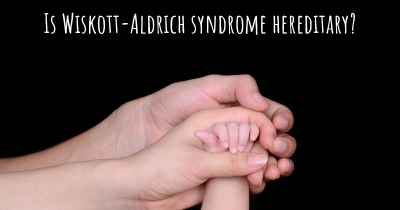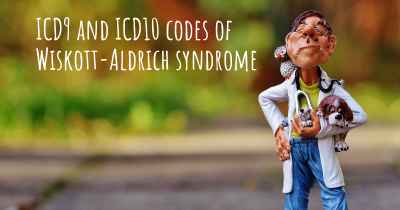What is the life expectancy of someone with Wiskott-Aldrich syndrome?
Life expectancy of people with Wiskott-Aldrich syndrome and recent progresses and researches in Wiskott-Aldrich syndrome

Wiskott-Aldrich syndrome (WAS) is a rare X-linked genetic disorder that primarily affects males. It is characterized by a triad of symptoms including eczema, low platelet count (thrombocytopenia), and immune deficiency. The severity of the syndrome can vary widely among individuals, leading to differences in life expectancy.
Due to the immune deficiency associated with WAS, affected individuals are more susceptible to infections, which can range from mild to severe. Recurrent infections, especially in early childhood, can pose significant health risks and complications. These infections can affect various organs and systems, including the respiratory tract, gastrointestinal tract, and skin.
The low platelet count in individuals with WAS can lead to a higher risk of bleeding and bruising. This can result in prolonged bleeding after injuries or surgeries, nosebleeds, and easy bruising. Severe bleeding episodes can be life-threatening if not promptly managed.
Additionally, individuals with WAS often experience eczema, a chronic inflammatory skin condition. Eczema can cause intense itching, dryness, redness, and skin lesions. The severity of eczema can vary, and it may require ongoing management and treatment.
While the symptoms of WAS can significantly impact an individual's quality of life, advancements in medical care and treatment have improved outcomes for those affected. Early diagnosis and appropriate management can help mitigate the risks associated with the syndrome.
Bone marrow transplantation (BMT) is currently the only curative treatment for WAS. BMT involves replacing the defective bone marrow with healthy donor cells, which can restore normal immune function and platelet production. Successful BMT can lead to long-term remission of symptoms and significantly improve life expectancy.
However, the success of BMT depends on various factors, including the age of the individual, the availability of a suitable donor, and the presence of any pre-existing complications. BMT carries risks and potential complications, such as graft-versus-host disease and infections, which need to be carefully managed.
With timely and successful BMT, individuals with WAS can have a normal life expectancy. However, it is important to note that not all individuals with WAS undergo BMT or have access to suitable donors. In such cases, the prognosis may be less favorable.
For individuals who do not undergo BMT or experience complications despite treatment, the life expectancy can be reduced. The risk of severe infections, bleeding episodes, and other complications associated with WAS can impact overall health and longevity.
It is crucial for individuals with WAS to receive comprehensive medical care from a multidisciplinary team, including immunologists, hematologists, and dermatologists. Regular monitoring, preventive measures, and prompt treatment of infections and bleeding episodes can help improve outcomes and extend life expectancy.
In conclusion, the life expectancy of someone with Wiskott-Aldrich syndrome can vary depending on various factors, including the severity of symptoms, access to appropriate medical care, and the success of bone marrow transplantation. Early diagnosis, timely intervention, and ongoing management are essential for optimizing outcomes and improving the overall prognosis for individuals with WAS.
Posted Jan 1, 2018 by Gramofbraeden 100
Posted Mar 3, 2019 by John 2500








